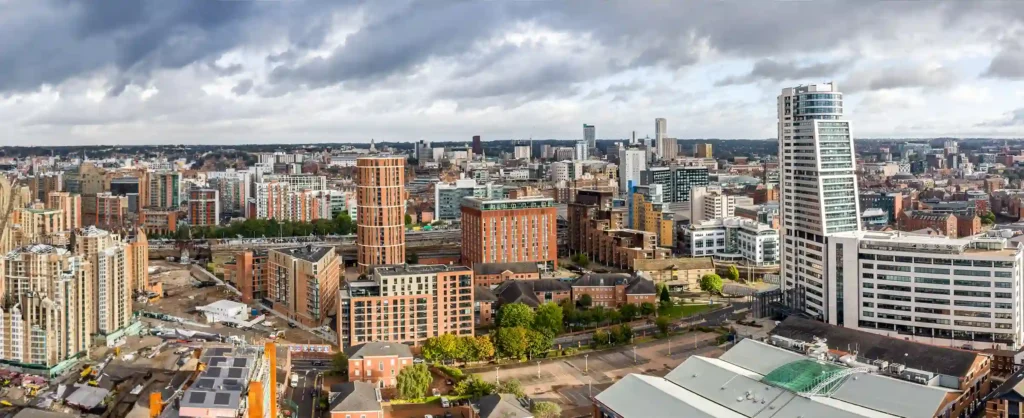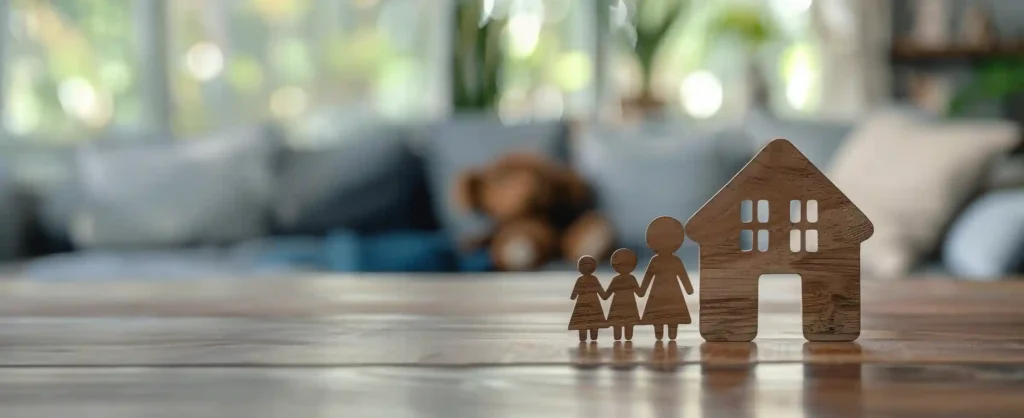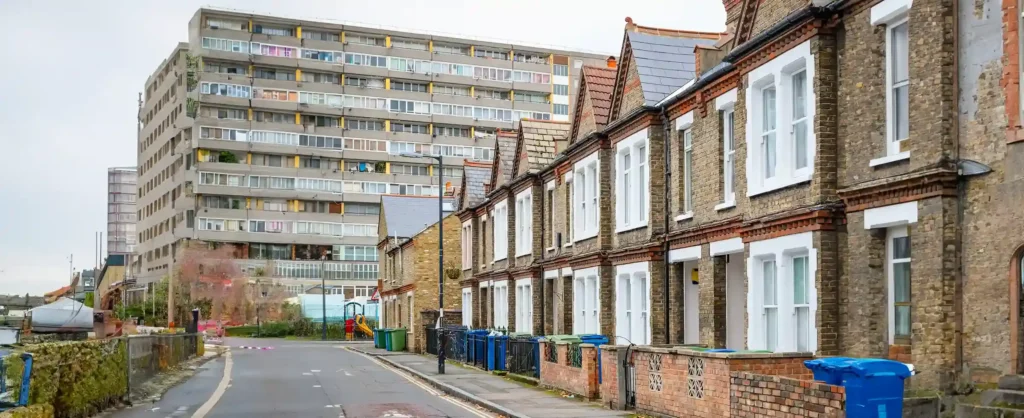The history of modular construction has often brought its future into question. But, while negative perceptions of modular homes still persist, the potential for modular construction to alleviate global challenges to housing supply and affordability cannot be understated. As a streamlined approach to property development that minimises the commitment of time and resources, modular construction is increasingly deployed for its cost-effective, eco-friendly solutions to global housing crises. And, with the technological advancements surfacing in the industry in recent years, the future of modular construction is a bright one.
But what are the specific challenges that modular construction can help the global housing market overcome? What modern advantages have been introduced to the modular construction process that has allowed it to step into its new role as a viable solution to housing affordability and supply issues? For a brief overview of the history of the modular construction industry and its potential for addressing contemporary housing issues, Concept Capital Group is here with a modular-focused new blog.
Early Examples of Modular Construction
Modular construction is hardly a new approach to homebuilding. The origins of modular housing stem back to Ancient Rome, where conquering armies would carry forts in prefabricated pieces so they could be easily rebuilt upon arriving at their destination and deconstructed when it came time to continue their campaign.
In modern times, modular homes became more prominent in the 17th and 18th centuries with the British Empire shipping simple pre-built wood panel houses to colonies like America and Australia. It wasn’t until the 1800s, however, that modular construction became advanced enough to develop complex architecture. The earliest example of a sophisticated building being built using modular construction was the Reonkioi Hospital, a British Army military hospital designed by pioneering British civil engineer Isambard Kingdom Brunel during the Crimean War (1853-56).
The result of a plea from Florence Nightingale for better medical conditions for British soldiers, the Reonkioi was made of pre-built sections that could be easily shipped out and assembled without the need for trained professionals. The result was a hospital with a total capacity of roughly 1,000 beds and facilities that included sanitary stations, running water, bathrooms and even ventilation. While these features might be taken for granted today, they were uniquely progressive for the time and allowed the hospital to treat a total of 1,351 patients during its tenure, completely shifting attitudes towards medical care in war zones in the process.
Modular Construction and Post-War Housing
World War II arguably represented a turning point for modular construction. Repeated shelling of British towns and cities by German bombers had destroyed homes across the country, and the resulting housing shortage demanded a quick solution.
As part of the revolutionary ‘Homes for All’ policy, over 156,623 modular homes were built across the UK between 1946 and 1948. They provided the perfect temporary fix to the post-war housing crisis, and many remained in use well into the 2000s. At the time, these homes were especially popular with residents due to their modern amenities but advancing technology in housebuilding rendered many obsolete by the end of the 20th century and created a lasting negative reputation when weighed against more traditional brick-and-mortar homes.
In the United States, millions of military personnel returned from war eager to begin their lives anew with families and loved ones. The resulting ‘baby boom’ meant that traditional methods of housebuilding could not keep up with the population demand. Spurred by the automotive industry’s newfound methods of mass production, property developers began to use modular construction methods to rapidly produce affordable, high-quality housing that allowed 45% of post-war baby boomers to purchase their first homes between the ages of 25 and 34. Today, many American homes are distinct from their British alternatives due in part to their use of modular construction.
Why Modular Housing Has a Bright Future
According to recent market data, the global modular construction market size stood at $79.92bn in 2022 and has been projected to grow from a year-end total of $84.48bn in 2023 to $131.58bn by 2030. This will largely be due to driving factors that include:
- Increased infrastructure investments due to the rise of urbanisation and industrialisation in developing economic markets.
- An increase in government initiatives designed to reduce construction waste and promote more eco-friendly buildings that support Net-Zero goals.
- A rise in demand for modular construction and engineering in sectors such as healthcare, education and multi-family homes.
Part of the increased demand for modular construction can be attributed to the age-old advantages it has provided since its early history. For example, research by consultancy agency McKinsey has suggested that modern methods of modular construction can speed build times by as much as 50%, cut associated costs by 20% and fill a global productivity gap in the housing market of approximately $1.6tn.
How Attitudes Towards Modular Construction Are Changing
What is more interesting, however, is that attitudes towards the utility of modular homes are also shifting in the face of advances in technology, convenience and comfort that are distinguishing them from their past utilitarian image. A 2020 report on modular construction by construction data and analytics company Dodge has shown that design firms and contractors are increasingly agreeing that modular construction can improve the cost, efficiency and safety performance of buildings. The same report also revealed that:
- Multifamily housing was among the top three building types forecast for a high frequency of modular construction after 2020
- The top three drivers for increased future usage of modular construction were improving project schedule performance, decreasing construction costs and improving project quality
- 86% of respondents agreed that modular construction improved client satisfaction
- 90% of respondents agreed that modular construction improved quality and schedule certainty
Beyond the technological improvements to the modular construction process, the market is also benefitting from an increase in the number of customers who are becoming more sustainably conscious and placing greater pressure on developers to lower the carbon footprint of new construction, according to a 2023 engineering and construction trend survey by global professional services firm Deloitte. This shift in perspectives has incentivised many developers to put sustainability at the centre of their construction processes and designs, which is ideally suited to the significantly more eco-friendly and futureproofed process offered by modular construction.
With housebuilding in the UK reaching historic lows in recent years and policymakers scrambling to reach new home-build targets, it’s not hard to imagine history repeating itself with modular construction proving the best possible solution for meeting an extreme demand for housing in the near future.
Investing in the Future with Concept Capital Group
At Concept Capital Group, we specialise in real asset investment opportunities that create a lasting social impact while offering investors an easy alternative to traditional investment opportunities. Our modular property investment packages are designed to not only address the UK housing crisis, but also to provide our clients with a tangible asset with unique portfolio diversification and inflation hedging potential.
To find out more about our commitment to modular construction, book a call with our team today.













